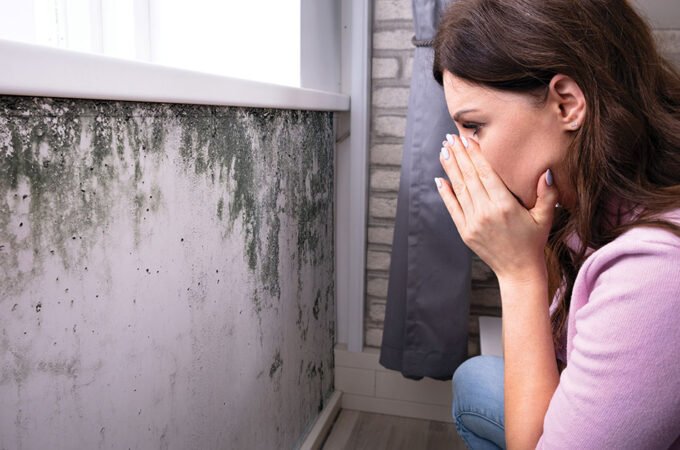
What’s Involved in Roof Plumbing?
New homeowners often wonder why there are pipes sticking out of the roof. There are a variety of systems in your home thatrequire proper ventilation, includingyour plumbing and sometimes your HVAC systems. Any time there is a breach between the interior and exterior space in your home, problems can arise, so here’s what to look for in a roof plumbing system.
Toilet and water pipes
The plumbing system in your home consists of water lines going to all bathroom fixtures as well as drain lines taking the used water back out of the home. For these systems to work properly, they require a vent to the outside to maintain correct pressure in the drainage traps beneath your plumbing fixtures.
Drainage traps underneath your shower, sink, and toilet contain a curve in the pipe which must stay full of water to prevent sewage gas from coming back through the drain and entering your home. If the ventilation system going through your roof becomes blocked or clogged for any reason, this can wreak havoc on the water pressure in the drainage system, causing the water in the trap to get sucked out, removing the barrier that stops sewage gas from coming back into your bathroom.
If you are experiencing sewer drainage problems, your problem might need to be resolved by a contractor who can perform a cleaning or a cure-in-place trenchless pipe lining to repair damaged lines. Once that work is done, if you are still experiencing issues and odor, make sure that the ventilation system has been checked thoroughly for obstructions.
HVAC ventilation
If your home’s heating or hot water system uses combustion such as an oil or gas furnace, dangerous carbon monoxide gas can be created in the combustion chamber. On aproperly installed system, this gas is vented through your roof into what’s typically called a combustionvent. Sometimes, in older homes that once contained a fireplace, technicians will bring the combustion vent through the old chimney, so they don’t have to create a new hole in the roof.
Components
These ventilation systems tend to emerge from your roof decking as a PVC or aluminum pipe. Depending on your location, there are various building codes that indicate how far the pipe must extend from your roof; this is usually due to the potential forfrost or snow to block the opening. A fitting, often called a “boot”, must then be placed over the pipe to keep water from coming through the hole in your roof.
For a roof with traditional shingles, either a rubber or an aluminum boot might be used, and this product should be properly lapped in underneath the shingles. For a metal roof such as the Everlast II, flexible silicone boots can create a secure seal between the boot and the roof to prevent water infiltration.
Problems
The two most common problems involving roof plumbing are water leaks and rodent infiltration. A typical roof boot on a shingled roof has a rubber seal between the base of the boot and the plumbing pipe.
The weather on top of your roof is significantly hotter than the ground temperature, and as the materials cycle between hot and cold along with constant wet/dry cycles, the rubber will crack and deteriorate over time, allowing water to leak inside. Ice dams are another common problem in northern climates, which can cause meltwater or additional rainwater can get backed up with no other place to go but into your home.
Finally, some animals such as squirrels and birds might decide your roof plumbing looks like the perfect place to next. This can be resolved with variouskinds of roof plumbing caps and covers which help keep rain and pests out while allowing optimal air flow to your plumbing or HVAC system.






